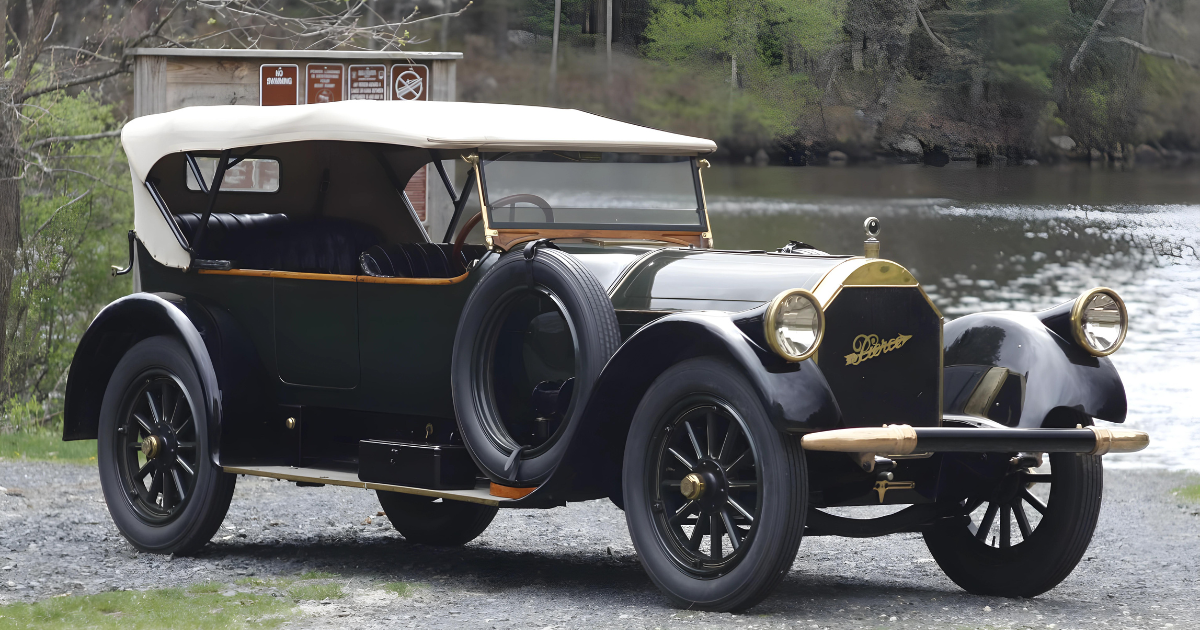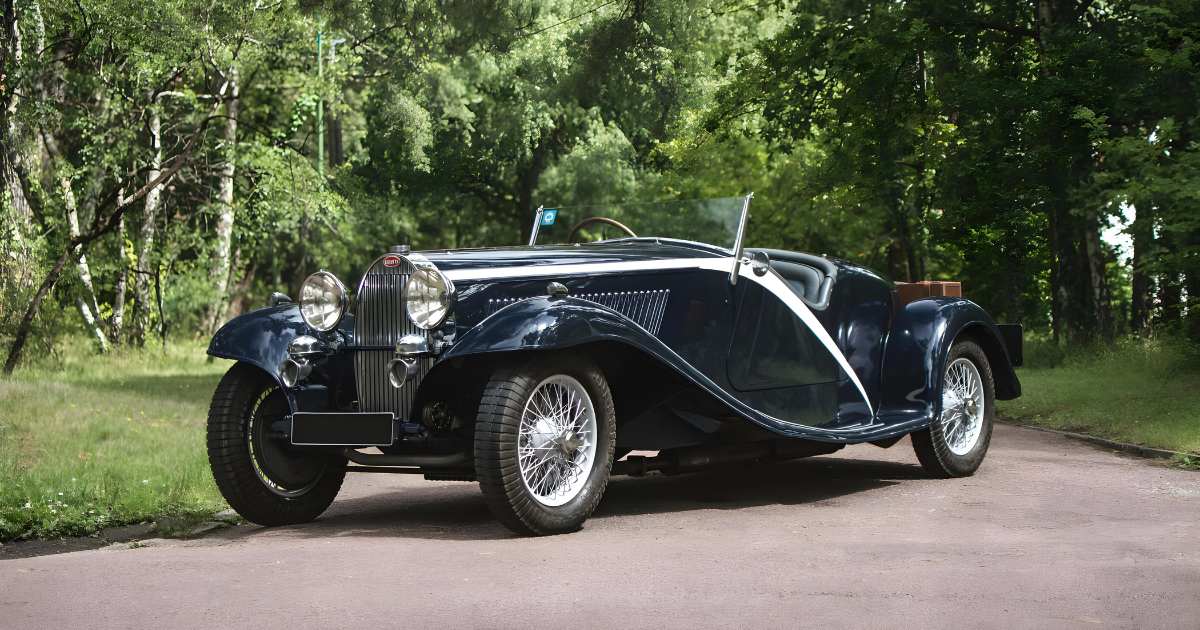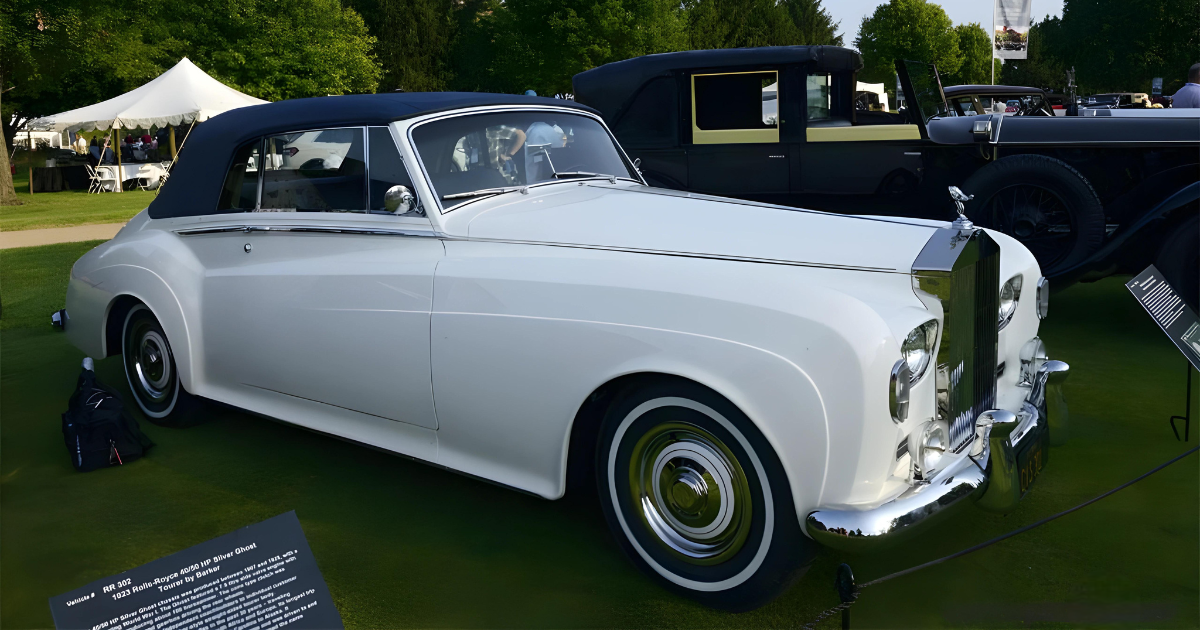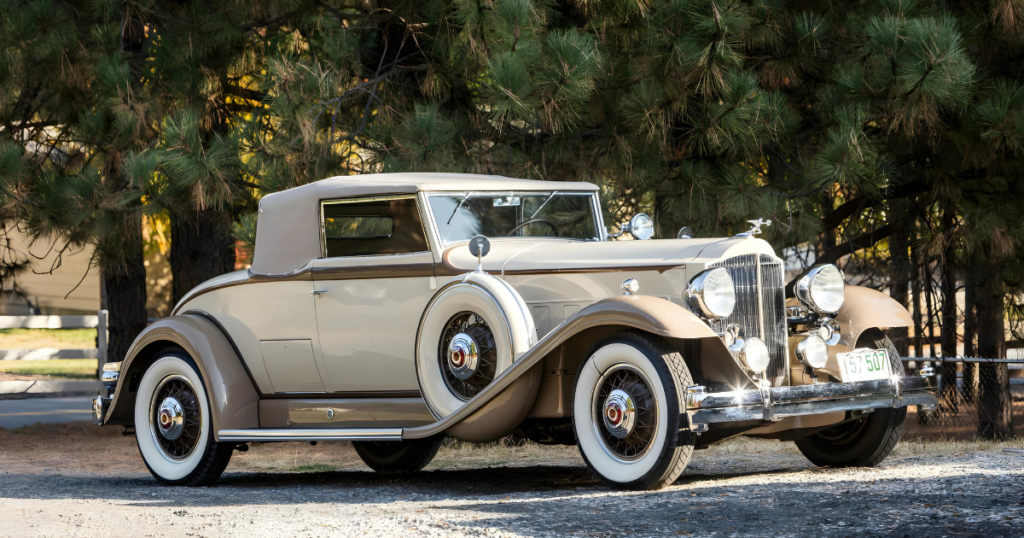
During the tumultuous era of the Great Depression, the luxury car segment, catering to the elite upper class, encountered unprecedented challenges in the automotive market. Fierce competition and economic uncertainty compelled luxury brands to implement drastic measures, including slashing prices and expanding their range of offerings, in a bid to attract dwindling buyers. Among these contenders, Packard, positioned at the zenith of the luxury car market, distinguished itself by showcasing some of its most iconic automobiles.
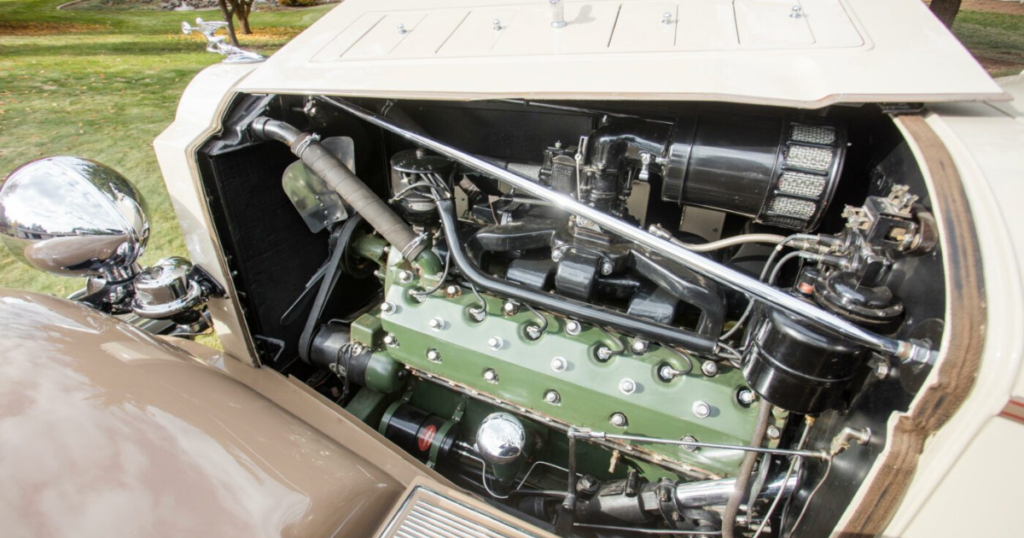
In response to the economic downturn and intensified competition, Packard unveiled its V-12 Twin Six, a vehicle designed to epitomize luxury, refinement, and performance. At the heart of the Twin Six was a classic multi-cylinder large-displacement engine meticulously engineered for quiet operation, exceptional durability, and ample torque, thereby minimizing the need for frequent gear-shifting. With an impressive output of 160 horsepower, the Twin Six effortlessly propelled the premium Packard chassis, regardless of the size or weight of the coachwork adorning it.
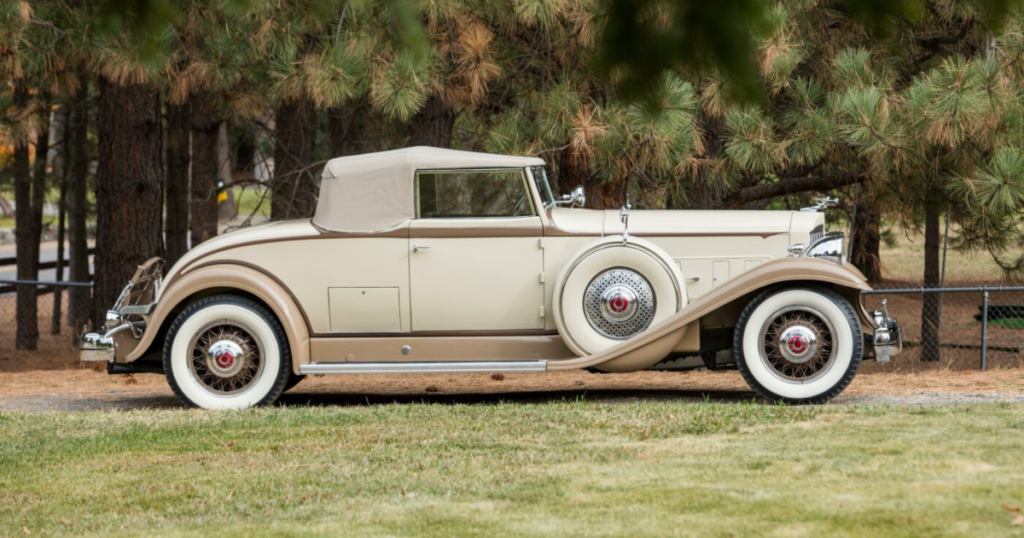
Packard’s strategy to navigate the challenges of the Depression era extended beyond engineering prowess. The company not only offered a diverse range of elegant custom bodies but also made a strategic decision to bring coachbuilding in-house. By exerting greater control over costs, quality, and design, Packard aimed to enhance margins and operational efficiency. Despite this, Packard continued to collaborate with renowned external studios such as Dietrich Inc., further enriching the diversity and appeal of its offerings.

The V-12 Twin Six was meticulously crafted to cater primarily to the discerning clientele that remained unaffected by the economic downturn. It upheld Packard’s longstanding tradition of producing grand, commanding, stylish, and opulent automobiles that exuded sophistication and prestige. Unlike many other marques that faltered and ultimately succumbed to the economic turmoil of the Great Depression, Packard weathered the storm remarkably well, owing to its strong financial standing and healthy cash reserves.
The V-12 Twin Six showcased Packard’s dedication to catering to discerning clients regardless of economic challenges. Continuing Packard’s legacy of crafting grand, opulent automobiles renowned for their sophistication, it stood resilient amidst the Great Depression, bolstered by strong finances. This resilience cemented Packard’s reputation as a symbol of enduring luxury and fortitude.
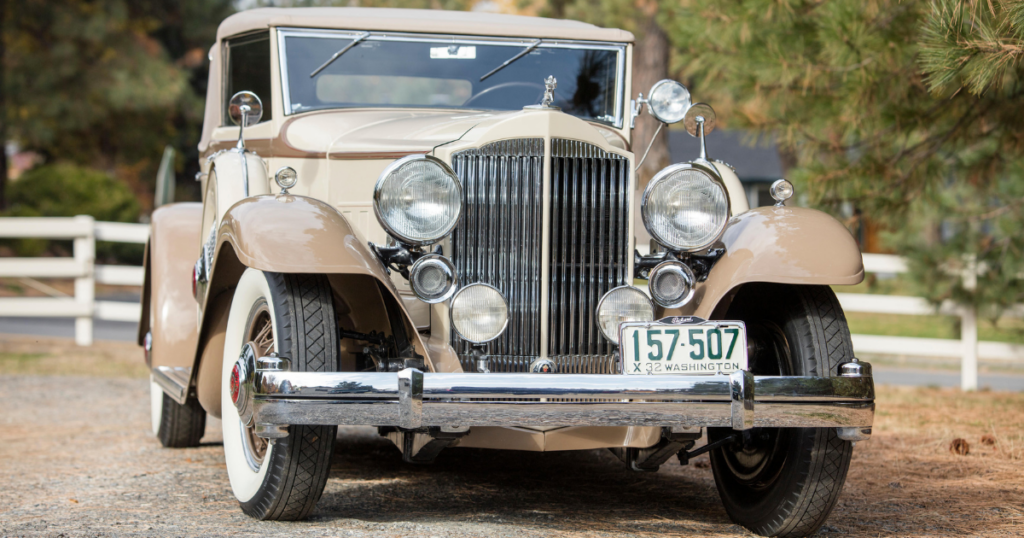
By the late 1930s, the automotive landscape had witnessed the unfortunate demise of several prestigious names, including Franklin, Marmon, Ruxton, Stutz, Peerless, Duesenberg, Stearns-Knight, and Pierce-Arrow. However, Packard emerged from this tumultuous period as a beacon of resilience and stability, reaffirming its position as a venerable icon in the luxury automobile industry. Through its unwavering commitment to excellence and innovation, Packard continued to captivate the hearts and minds of automotive enthusiasts, leaving an indelible mark on the history of the automobile.

